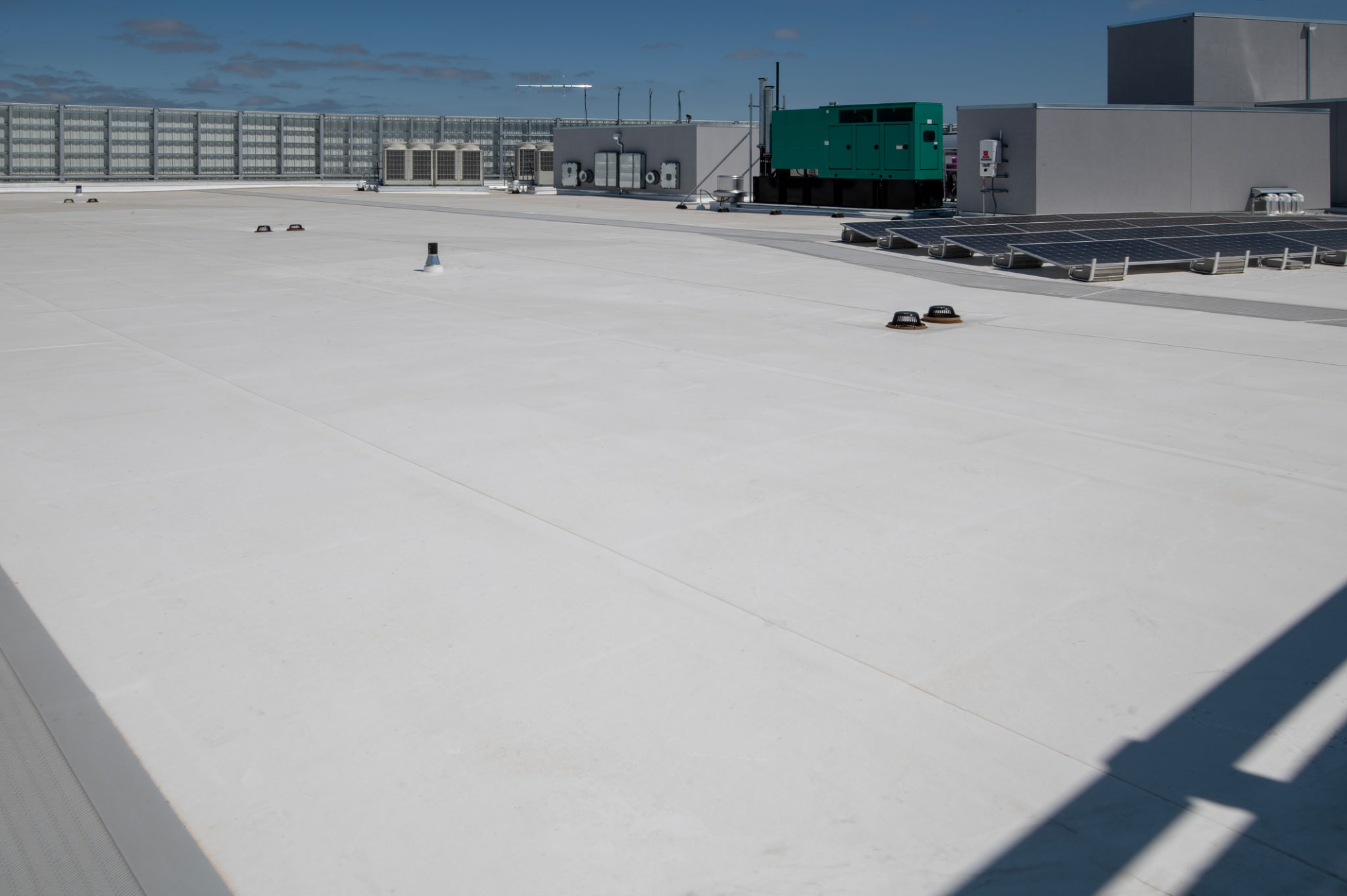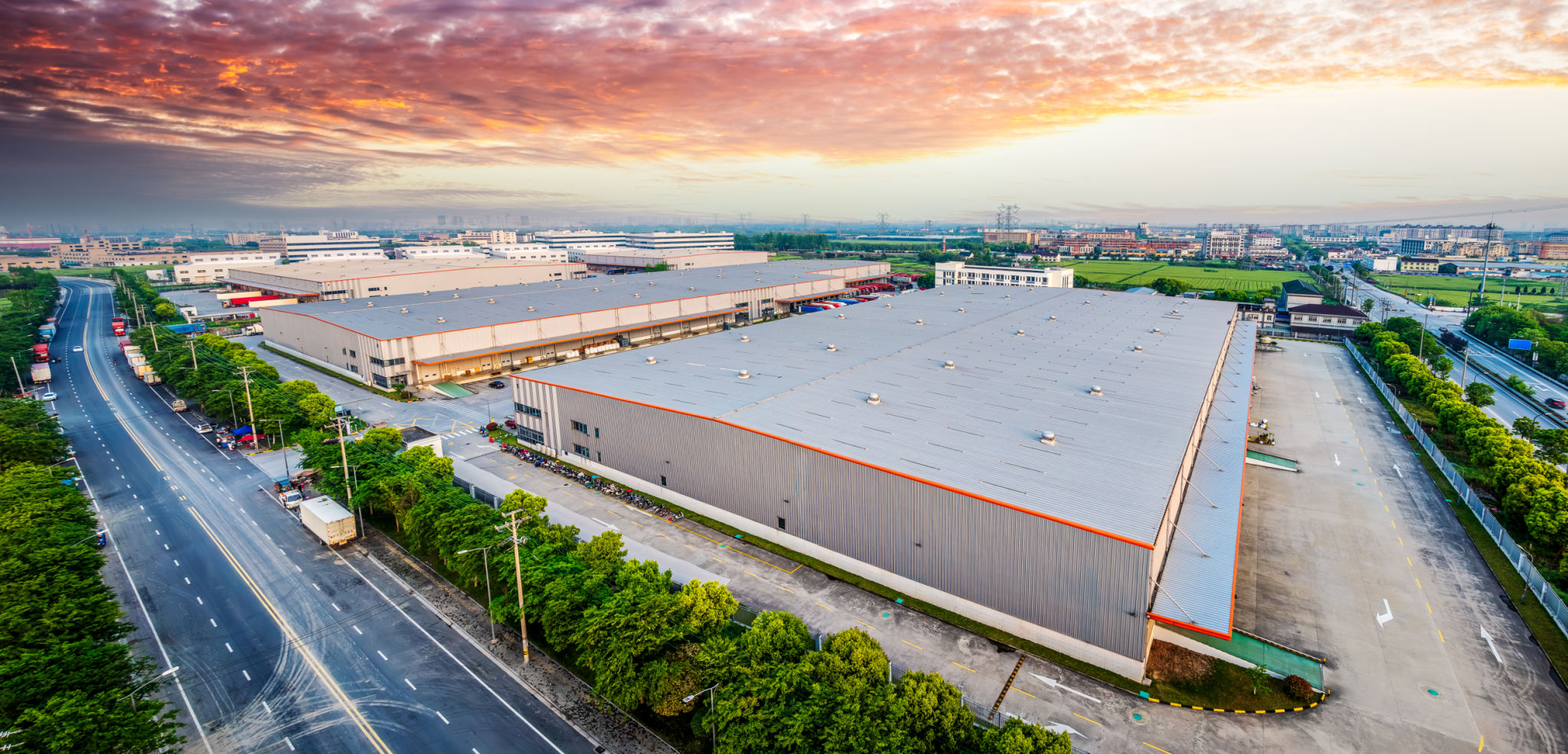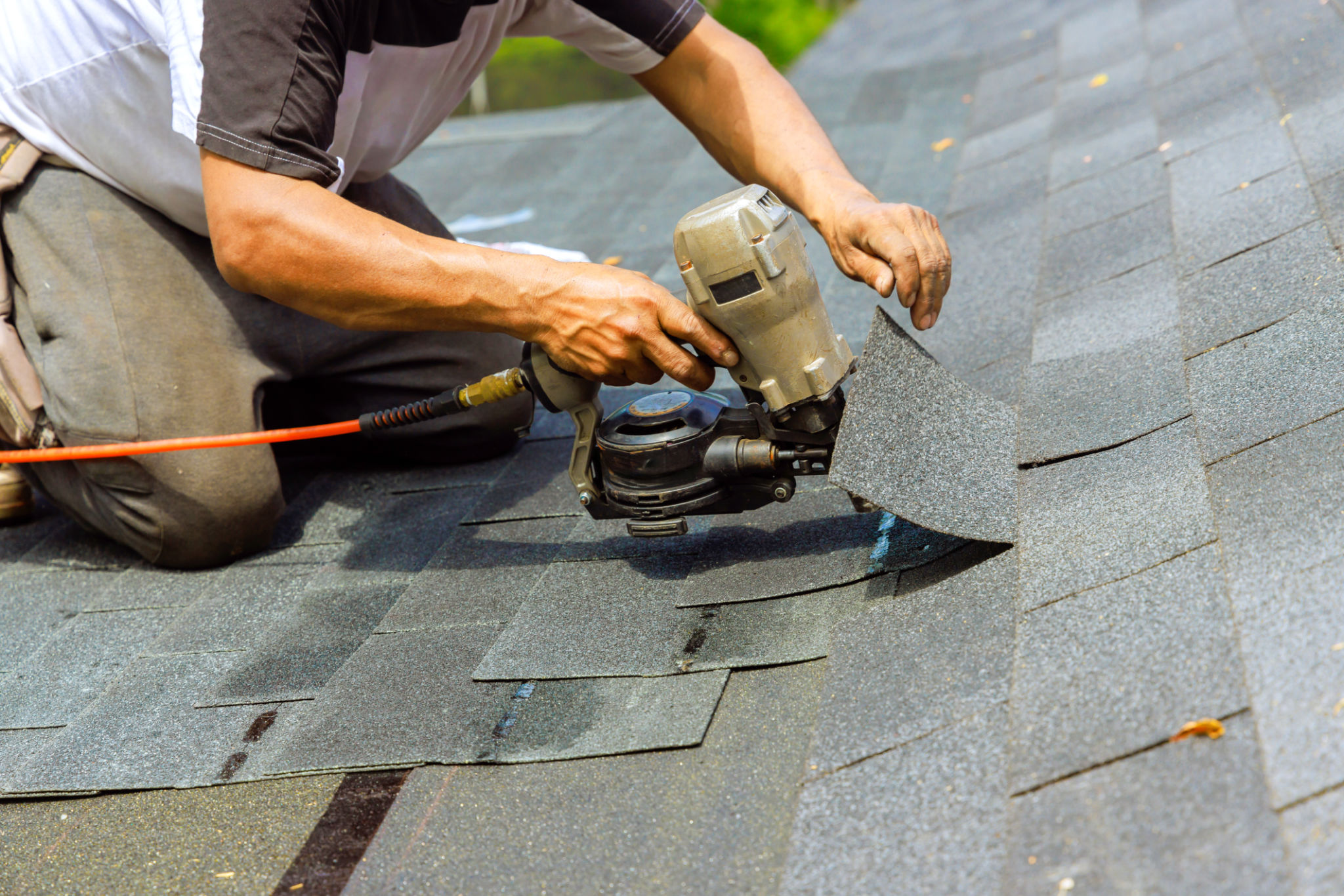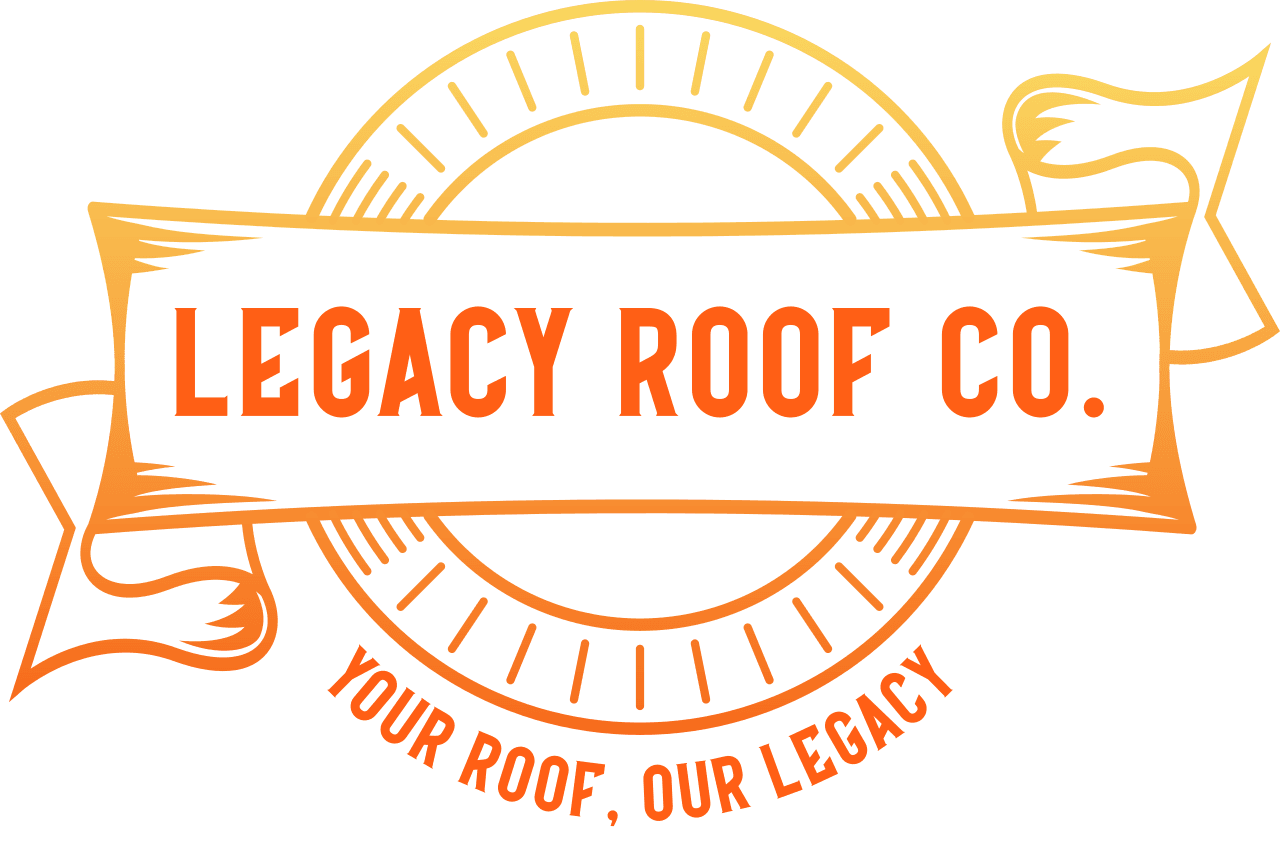Flat Roofing Systems: What Businesses in Minnesota Need to Know
Understanding Flat Roofing Systems
Flat roofing systems are a popular choice for commercial properties in Minnesota, thanks to their cost-effectiveness and space efficiency. Unlike traditional sloped roofs, flat roofs offer a sleek, modern aesthetic that can enhance the overall look of a business. These roofs are typically constructed at a slight angle to allow for water drainage, an important consideration given Minnesota’s varied climate.

Types of Flat Roofing Materials
There are several materials used in flat roofing systems, each with its unique benefits. Some of the most common types include:
- EPDM Rubber: Known for its durability and flexibility, EPDM is a popular choice for flat roofs.
- TPO (Thermoplastic Olefin): This material offers excellent resistance to UV rays and is energy-efficient.
- Modified Bitumen: A time-tested option, modified bitumen is asphalt-based and reinforced with polyester or fiberglass.
Advantages of Flat Roofing Systems
Flat roofs provide several advantages for businesses, particularly in urban settings where space is at a premium. They allow for the installation of HVAC systems, solar panels, or even creating rooftop gardens or recreational areas. Additionally, flat roofs are generally easier and safer to access for maintenance and inspection purposes.

Weather Considerations in Minnesota
Minnesota’s climate poses specific challenges for flat roofing systems. The state experiences heavy snowfall in the winter and significant rain during other times of the year. These conditions require a robust drainage system to prevent water pooling, which can lead to leaks or structural damage over time.
Maintenance and Longevity
Regular maintenance is crucial to extend the lifespan of a flat roof. This includes routine inspections for signs of wear and tear, such as cracks or blisters, and ensuring that drainage systems are clear of debris. Proper maintenance can significantly extend the life of a flat roof, potentially making it last 20-30 years or more.

Choosing the Right Contractor
Selecting an experienced contractor is essential for the successful installation and maintenance of a flat roofing system. Businesses should look for contractors with a proven track record in flat roof installations and request references from past clients. A reputable contractor will also be knowledgeable about local building codes and weather-related challenges.
Cost Considerations
The initial cost of installing a flat roof can vary based on the materials used and the size of the building. However, businesses can often recoup these costs over time through energy savings and reduced maintenance expenses. It's essential to factor in both short-term and long-term costs when choosing a flat roofing system.
Sustainability and Energy Efficiency
Many flat roofing materials offer energy-efficient options that can help reduce heating and cooling costs. Reflective coatings and light-colored materials can minimize heat absorption, keeping buildings cooler during Minnesota's warm summer months. Additionally, incorporating green roofing solutions can enhance sustainability efforts.

In conclusion, flat roofing systems offer numerous benefits for businesses in Minnesota, from maximizing space to facilitating easy maintenance. By understanding the types of materials available, addressing weather-related challenges, and choosing the right contractor, businesses can ensure their flat roofs are both effective and durable. With proper care and attention, a flat roof can be an excellent investment for any commercial property.
